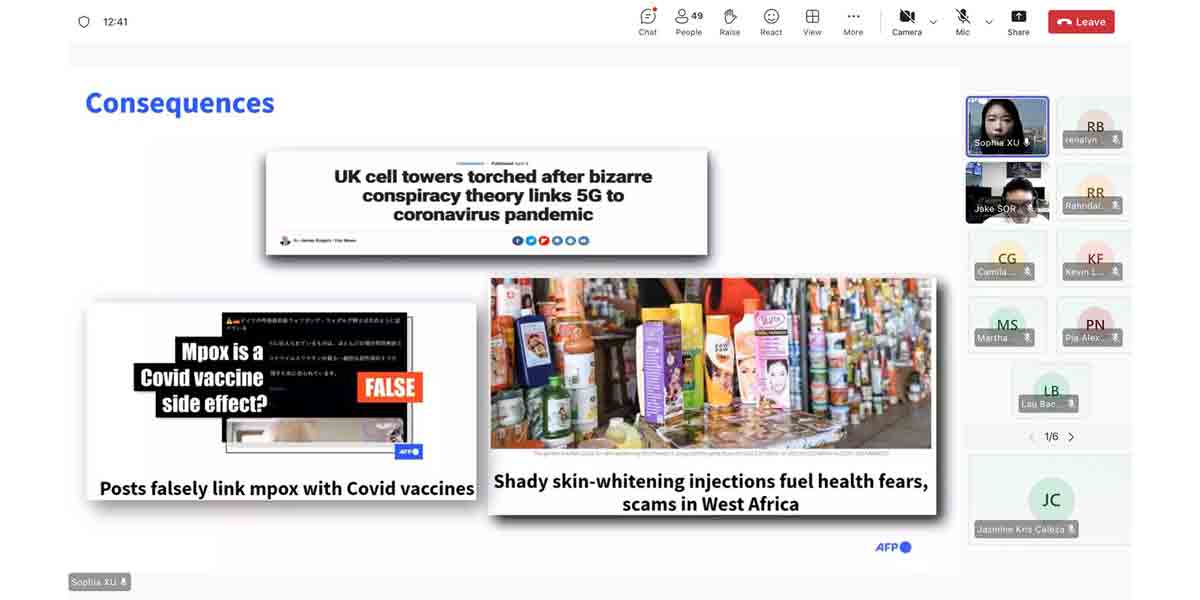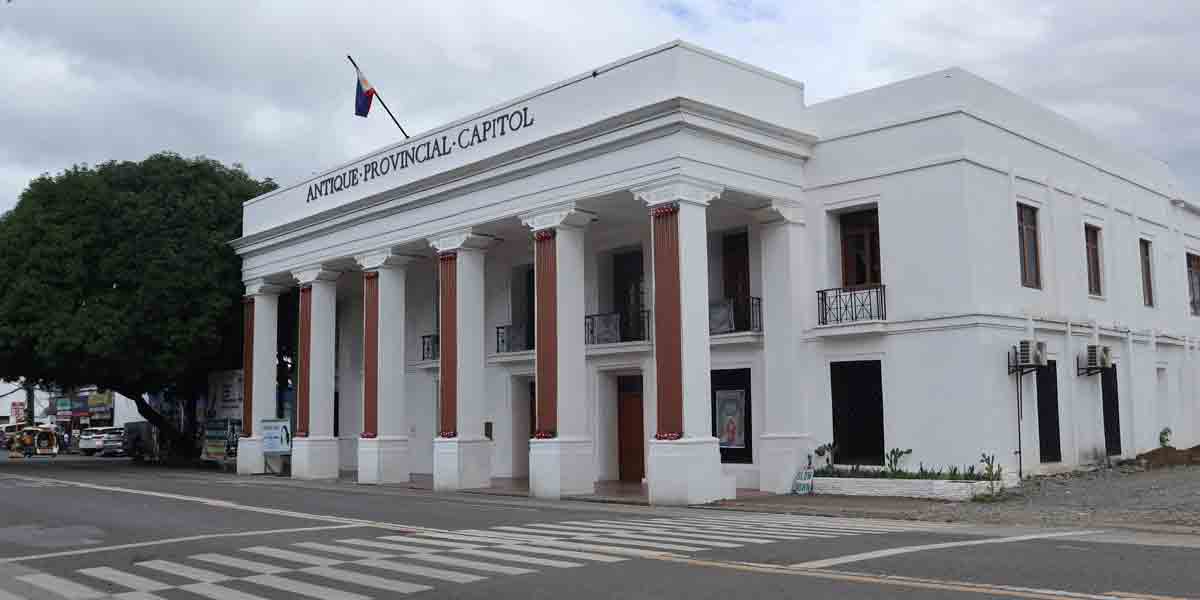By Francis Allan L. Angelo
Iloilo City enters 2025 at a critical economic crossroads, showcasing remarkable growth while grappling with mounting inflationary pressures.
The city’s impressive economic resilience and expansion over the past five years have solidified its position among the Philippines’ highly urbanized cities (HUCs). However, rising costs and agricultural challenges threaten its competitiveness and stability.
The Iloilo-based Institute of Contemporary Economics (ICE) analyzed Philippine Statistics Authority (PSA) data, revealing a complex landscape of strong GDP growth offset by inflation and agricultural declines. The findings illustrate a dynamic urban economy facing the consequences of its rapid transformation.
Post-Pandemic Economic Resurgence
Iloilo City’s economic trajectory tells a story of resilience and recovery. The city’s GDP reached PHP 133.43 billion in 2018 and grew by 6.5% to PHP 142.14 billion in 2019. However, like many economies, the city suffered during the COVID-19 pandemic, with GDP contracting by 12.8% to PHP 123.91 billion in 2020.
Despite this setback, Iloilo City rebounded strongly, achieving a 6.8% growth rate in 2021, with GDP recovering to PHP 132.38 billion. This momentum continued, reaching PHP 145.07 billion in 2022 (9.6% growth) and PHP 160.28 billion in 2023, marking an impressive 10.5% growth rate.
“The city’s economic performance in 2023 was particularly remarkable,” ICE noted, highlighting the highest growth rate and peak GDP during the period. This underscores the effectiveness of Iloilo City’s policies in fostering sustained growth post-pandemic.
Structural Transformation
The services sector has become the driving force of Iloilo City’s economy. It grew from PHP 122.45 billion (86.1% of GDP) in 2019 to PHP 140.51 billion (87.7% of GDP) in 2023.
Meanwhile, the industrial sector’s contribution declined from PHP 15.92 billion (11.2% of GDP) to PHP 15.89 billion (9.9%). The agriculture, forestry, and fishing sector saw modest growth from PHP 3.77 billion to PHP 3.88 billion, but its GDP share fell from 2.7% to 2.4%.
Wholesale and retail trade, the largest sub-sector, expanded from PHP 38.16 billion in 2019 to PHP 46.70 billion in 2023. Financial and insurance activities also grew significantly, from PHP 14.70 billion to PHP 18.47 billion, cementing Iloilo City’s role as a financial hub.
Provincial Contrast
Iloilo Province presents a more diversified economic structure. Its GDP reached PHP 215.42 billion in 2023, with a 4.6% growth rate. This marks a moderation from the 8.5% growth recorded in 2022.
Services dominate at 56.5% (PHP 121.72 billion), while industrial and agricultural sectors maintain significant shares at 20.8% (PHP 44.73 billion) and 22.7% (PHP 48.87 billion), respectively.
Agricultural Challenges
A major concern is the sharp decline in Iloilo Province’s palay (rice) production.
In the first nine months of 2024, palay output fell to 461,048 metric tons, a 33.9% drop compared to the same period in 2023. This is the lowest production since 2016, a stark reversal from the record 1.066 million metric tons in 2023.
For the province, where agriculture accounts for 22.7% of GDP, this downturn is significant. It also impacts the city indirectly by driving up food costs, exacerbating inflation.
Inflation Woes
Inflation is Iloilo City’s most immediate challenge. The rate surged to 5.4% in December 2024, up from 3.5% in November, marking the highest level since September 2023. Iloilo City now has the second-highest inflation rate in the country and the highest among HUCs.
While inflation in Iloilo Province moderated to 4.2% and the national rate stood at 2.9%, Iloilo City’s sharp increase highlights its unique challenges.
Real Property Tax Controversy
A significant driver of inflation is the controversial real property tax (RPT) hike implemented in 2024.
The administration of Mayor Jerry Treñas updated fair market values for the first time since 2006, resulting in a 300% increase in RPT.
The land levy rate rose from 1.5% to 2%, while the ad valorem tax on idle lands increased from 1% to 2% for residential properties and from 2% to 3% for agricultural, commercial, and industrial lands.
The hike drew criticism, particularly given Mayor Treñas’s earlier commitments in 2019 and 2021 not to raise taxes. Critics also questioned the justification, citing the city’s PHP 5 billion in cash deposits and its capacity to borrow over PHP 2 billion for major projects.
Additional Pressure Points
Other factors contributing to inflation include:
- Declining local agricultural production, increasing food transport costs.
- A November 2024 minimum wage hike.
- Anticipated water price increases.
- Election-related spending boosting local demand.
- Rising remittances from Overseas Filipino Workers (OFWs).
- Higher housing and commercial rental costs tied to the RPT hike.
Competitive Strengths and Risks
Despite these challenges, Iloilo City retains several competitive strengths. Among HUCs, it ranks:
- Fifth in education.
- Eighth in transportation and storage.
- Ninth in human health and social work activities.
- Tenth in accommodation and food service activities.
These rankings reflect the city’s successful transformation into a service-driven economy. However, rising inflation and agricultural challenges could threaten its competitiveness.
The Road Ahead
Iloilo City must balance its economic transformation with efforts to address inflation and food security. Experts recommend a coordinated approach that considers both immediate pressures and longer-term structural issues.
Key recommendations include:
- Reviewing the impact of the RPT increase and exploring adjustments.
- Supporting agricultural productivity in surrounding areas.
- Strengthening urban-rural linkages to improve food supply chains.
- Investing in infrastructure to reduce transportation costs.
- Maintaining competitive advantages in education and healthcare while addressing inflationary pressures.
The coming months will be critical in determining its economic stability and growth trajectory. The city’s experience offers valuable lessons for other rapidly urbanizing areas in the Philippines and beyond, highlighting the complexities of managing urban growth while maintaining affordability and sustainability.






















